With Octave I am able to plot arrays to the terminal, for example, plotting an array with values for the function x^2 gives this output in my terminal:
10000 ++---------+-----------+----------+-----------+---------++
++ + + + + ++
|+ : : : : +|
|++ : : : : ++|
| + : : : : + |
| ++ : : : : ++ |
8000 ++.+..................................................+.++
| ++ : : : : ++ |
| ++ : : : : ++ |
| + : : : : + |
| ++ : : : : ++ |
| + : : : : + |
6000 ++....++..........................................++....++
| ++ : : : : ++ |
| + : : : : + |
| ++ : : : : ++ |
| ++: : : :++ |
4000 ++........++..................................++........++
| + : : + |
| ++ : : ++ |
| :++ : : ++: |
| : ++ : : ++ : |
| : ++ : : ++ : |
2000 ++.............++........................++.............++
| : ++ : : ++ : |
| : +++ : : +++ : |
| : ++ : : ++ : |
| : +++: :+++ : |
+ + ++++ ++++ + +
0 ++---------+-----------+----------+-----------+---------++
0 20000 40000 60000 80000 100000
Is there some way I can do something similar in Python, specifically with matplotlib? bashplotlib seems to offer some of this functionality but appears to be quite basic compared to Octave's offering.



